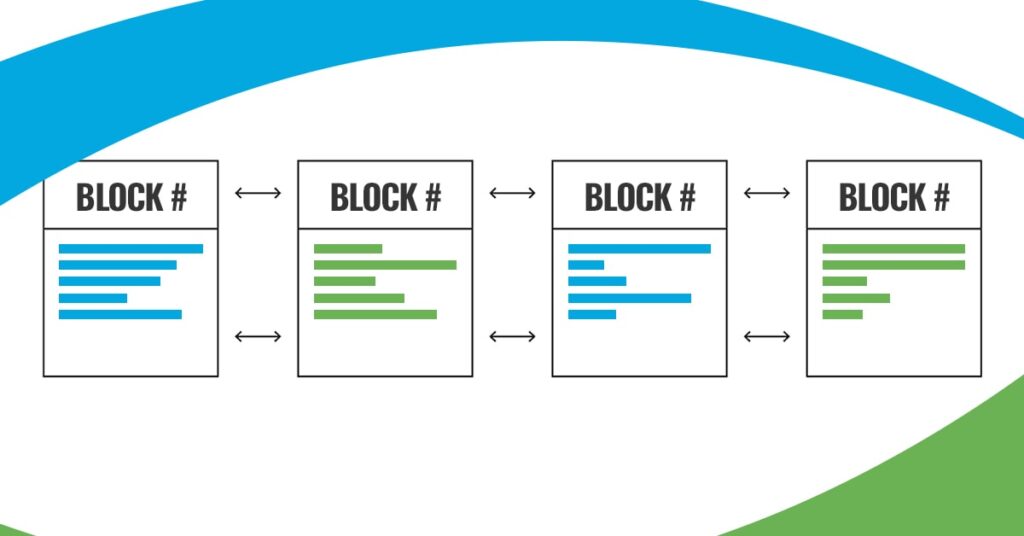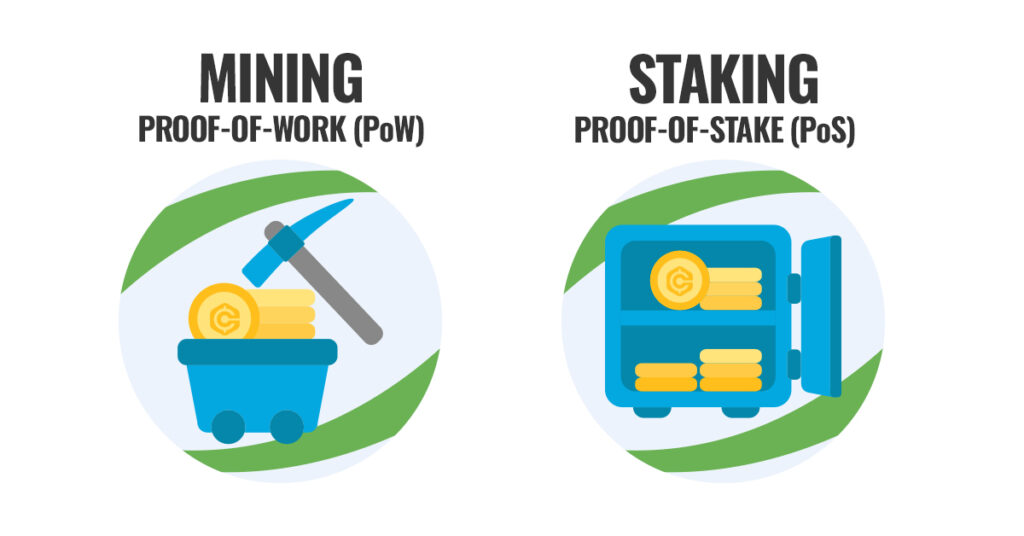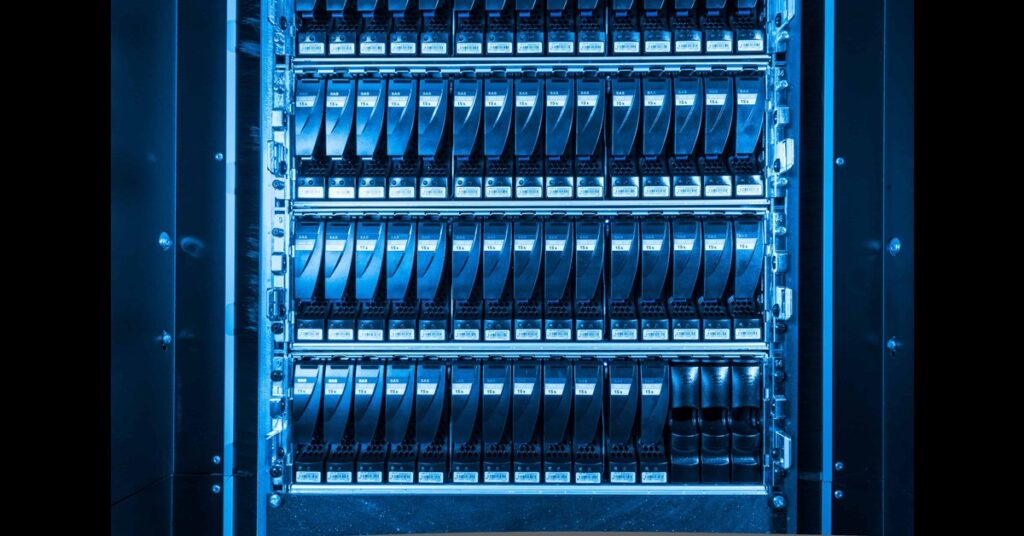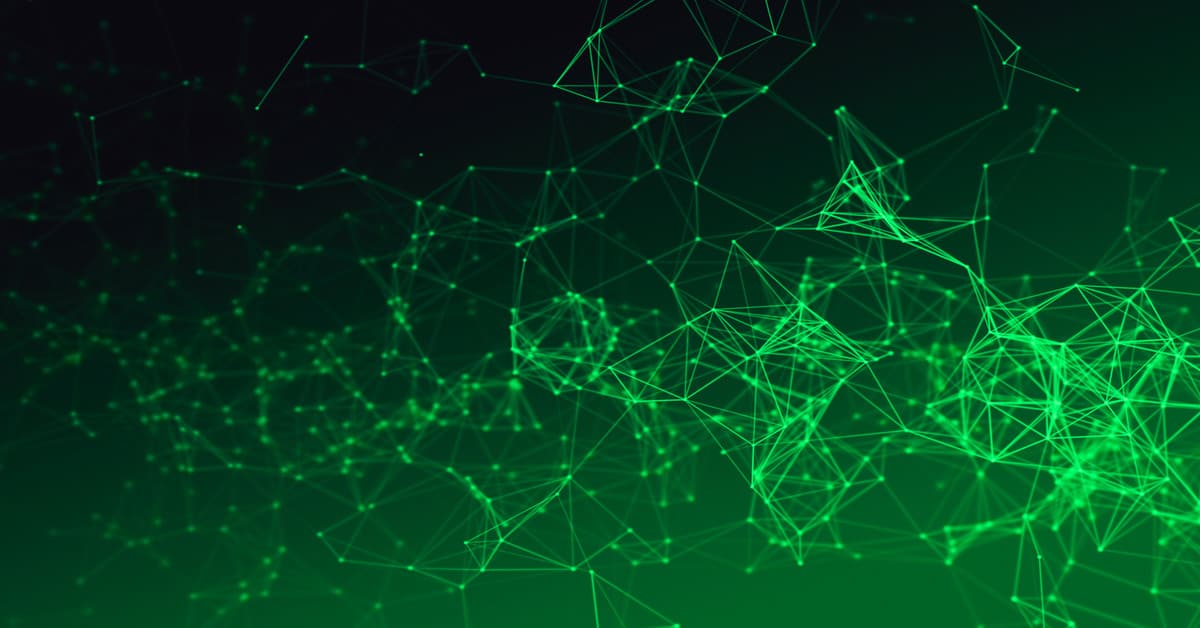The most widely used cryptocurrencies rely on energy-intensive computations. Advancing green blockchain technology will require reducing emissions while discouraging e-waste. Chia believes it has a solution.
A blockchain is a type of virtual ledger that underlies all cryptocurrencies. The beauty of a blockchain is that it allows people who do not trust one another to coordinate. Moreover, it allows them to do so without a centralized institution, such as a bank, as an intermediary.
While most media attention goes to cryptocurrencies and NFTs, blockchain technology may yet have its turn in the spotlight. Whether it’s simplifying deeds and contracts or keeping track of resources, blockchain offers a range of potential use cases that might catch on in the future.
However, many cryptocurrencies share a well known skeleton-in-the-closet. “Proof of work” computations, which are a central part of many blockchains, use a tremendous amount of power. In an environment of increased concern about climate issues, crypto may be fighting a losing battle if it can’t be made more climate friendly.
What’s needed is a green blockchain which keeps security and decentralization front-and-center. Crypto network Chia believes it has the answer: a consensus model that uses less power while incentivizing users to cut down on e-waste.
The Need for a Green Blockchain
Cryptocurrencies are based on blockchain technology. Think of a blockchain as a decentralized, virtual ledger of data. Beginning with Bitcoin, many cryptocurrencies rely on a computational process called “proof of work” (PoW) as part of a mechanism for ensuring that each copy of this virtual ledger contains matching data. These copies are known as “nodes”.
Unfortunately, PoW is computationally intensive by design. Compute leads to power consumption. Power consumption leads to carbon emissions. And carbon emissions lead to … the dark side.
Hyperbole aside, these are a lot of emissions. Bitcoin alone has emitted over 200 million tons of CO2 since its inception. One much-cited study, which looked at emissions involved in creating $1 worth of Bitcoin, said that it was less-emitting than burning crude oil as gasoline but worse than raising beef.

Zooming out to crypto at large, things don’t look much better. In the U.S., crypto-asset activity accounted for 0.9% to 1.7% of total U.S. electricity usage and accounted for 0.4%-0.8% of the nation’s CO2 emissions, somewhere between 25 and 50 megatons.
This isn’t because blockchain technology is inherently polluting. It depends upon the underlying consensus mechanism, which ensures each node in the blockchain is data-synced. By August 2022, the proportion of global crypto-asset electricity usage by Bitcoin was in the range of 60-77%, with Ethereum in the range of 20-39%. Bitcoin uses PoW. Ethereum did too, but in September 2022 shifted to a mechanism called proof-of-stake, curbing its emissions by a staggering 99%.
Cryptocurrencies also exacerbate the global e-waste problem, due to large-scale use and disposal of specialized chips used for mining crypto. Bitcoin mining alone generates around 30.7 metric kilotons of e-waste annually. A single transaction can produce as much e-waste as junking two iPhone 12 minis.

Recommended Reading
Part of reducing e-waste involves encouraging the reuse of HDDs. Factory recertified drives foster trust by undergoing rigorous vetting and testing before resale.
Finding Consensus: Work it Harder, Make it Better?
Advancing green blockchain involves finding alternatives to proof of work. This means finding an alternative consensus mechanism to ensure data matches on each node in the blockchain. To see the way forward, it helps to understand the problem PoW was designed to solve.
Recall that blockchains are virtual ledgers of data. Depending on the use case, this data could be about a transaction, a contract, or other digital asset. This data is decentralized: every “node” in the blockchain contains a complete copy of the data. Because no node is the official node, you need a way to reach consensus: to ensure that nodes remain in sync as crypto users carry out transactions or add data.

If the use case is cryptocurrency, for example, this means that each node must agree on what exchanges have taken place. This is pretty important, because you don’t want the answer to “who-paid-who?” to be “well, it depends!”
The underlying problem which blockchains aim to solve is sometimes called the Byzantine Generals Problem. Suppose Byzantine generals (analogous to copies of the blockchain) have a city under siege, and the goal is to decide, collectively, whether to attack or retreat (analogous to achieving a consensus on the correct blockchain update). No single general is the leader (decentralization), and it’s possible that some treacherous generals are scheming to prevent a consensus (security). A solution will involve finding the right incentives to coax treacherous generals to go along with the collective decision process.
Proof of work, used by Bitcoin and (until recently) Ethereum, is the most common way of establishing a consensus, ensuring that all nodes in the blockchain match. Since by design, a cryptocurrency has no central authority which validates transactions, validation is instead done by Bitcoin miners. The PoW model makes miners perform computationally intensive calculations in order to validate transactions by others.
The possibility of earning Bitcoin serves as an incentive for miners to play by the rules while validating transactions. If someone wanted to hijack the system, they would a) miss out on the Bitcoin they would have earned and b.) would need a titanic amount of computational power to perform a “51% attack”.
How To Have Your Proof And Green It Too
PoW is an effective consensus mechanism, rendering blockchains that use it secure. Unfortunately, PoW is not likely sustainable. It is also more centralized in practice than in theory. While the pseudonymous Bitcoin creator Satoshi Nakamoto envisioned miners using previously unused CPU cycles to generate Bitcoin, it soon became clear that costly ASICs (application-specific integrated circuit) were more efficient, giving wealthy miners an edge.
One alternative to PoW is proof of stake (PoS), used by crypto such as Cardano. As with PoW, PoS systems use the reward of mined currency as a carrot to incentivize miners to validate transactions. But whereas PoW requires miners to perform computations in order to mine crypto, PoS requires miners to prove that they’ve locked, or “staked” some tokens, temporarily removing them from circulation. The greater your number of staked tokens as a % of all staked tokens, the greater the chance that you’ll be assigned a validation task, and earn crypto.

Making earnings scale with tokens staked rather than computations crunched is far greener, as PoW computations take a ton of energy. It also lets one avoid the need of costly ASIC chips. On the other hand, blockchains using PoS may lose their effective decentralization, as those with the most tokens to stake have the best chance at getting more tokens.
Turning Drives into Gardens
Chia has a different model, called “proof of space and time”. Instead of mining, generating Chia is a two-stage process. In the “plotting” stage, software generates and stores cryptographic numbers into large data files known as “plots”. High-cap drives are the natural option for holding plots. Other devices, preferably cheap and quick, perform the plotting calculations necessary to create these plots.
The Chia network then uses its algorithm to periodically broadcast computational challenges. If your plot contains the lucky cryptographic number that answers the challenge, then you are assigned a validation task. The Chia network then awards validators, or “farmers” some amount of chia coin.
Farming is one analogy. Another is a raffle. When a new challenge is broadcast on the network, it’s super computationally efficient to check if a given plot has the “winning ticket”. The more tickets you have, the greater the chance of winning chia coin.
The system has several advantages. A farmer’s chances of mining crypto is based on how much space they’ve plotted, rather than on how much Chia coin they’ve farmed. In theory, this makes Chia more newcomer friendly, as the ability to earn new Chia tokens doesn’t depend on staking previously earned or purchased tokens.
To prevent those with access to sufficient plotting capacity from taking over the network and creating alternate competing transaction histories, Chia also uses something called a “variable delay function“. Essentially, it forces a certain amount of time between challenges being issued. This prevents those with enough space from using ASICs to gaming the system by speed-running their Chia farming.
Chia also aims for “ASIC-resistance”. This means designing the system so it isn’t dominated by those who can afford expensive, custom ASIC chips. As the Chia whitepaper puts it, there is “no technological way to store random data more cheaply per terabyte than by leveraging unused hard drives and SSDs.”

Recommended Reading
It’s been a long road since Chia’s debut in 2021. Check out our earlier coverage, which addresses the creation of Chia, and its impact on the supply chain.
Greening Storage With Blockchain
The use of space to for Chia plots has several upsides. Firstly, like PoS, proof of space and time uses vastly less energy than PoW. So, Chia, as well as PoS-based platforms such as Cardano, pass the first hurdle when it comes to creating a green blockchain.
As Chia sees it, the real differentiator comes with e-waste. The Global E-waste Monitor 2020 reports that 74.7 megatons of e-waste will be generated by 2030. A great deal of that e-waste consists of shredded hard drives. One positive externality of chia farming is that it can encourage drive reuse by incentivizing HDD owners to reuse their old drives for chia farming, or by encouraging the market for resold HDD.

One of Chia’s aims is to make farming more accessible than crypto mining in terms of required tech. Whereas keeping competitive as a Bitcoin miner usually requires custom ASICS, Chia can be farmed with just a bunch of drives.
As with any cryptocurrency, Chia has its critics. One early concern was its effect on markets, as initial enthusiasm for Chia farming led to a rise in high-cap HDD prices, though both the Chia netspace and HDD prices have since leveled out.
Another concern is that plotting hardware will burn out faster. However, much of this criticism centers around low durability of SSDs used for plotting, and other devices can be used for this task. Chia has highlighted the recent turn towards plotting with GPUs. Such plotting has proved faster, with plotting times of 80-90 seconds recorded for PCIe 4.0 x16 high-end GPUs.
“We are extending average hard drive lifetimes by giving them a second life after the data center. In partnership with the storage industry we are moving the entire storage market to a circular economy of drive recycling–cutting back global e-waste beyond just our footprint.”
–Chia Whitepaper.
In addition to advancing green blockchain by reducing overall emissions and discouraging e-waste, Chia has encouraged use cases which may prove environmentally helpful. In particular, it’s looking to simplify and unify the carbon credit registry with the use of “chia asset tokens”. Chia has partnered with the Climate Warehouse and the International Finance Corporation to make carbon marketing more transparent and efficient.
No Proof Like The Future
While old in tech years, cryptocurrency is still a relatively new technology in the grand scheme of things. Only time will tell what the future holds for crypto, and which use cases become dominant over time. But regardless of particular uses, advancing a green blockchain is essential in order for cryptocurrency to have a continued role. Chia is betting that by reducing energy consumption from crypto creation and by discouraging e-waste, it can lead the cryptocurrency community to greener pastures.
Green crypto curious? If you’re looking for recertified high-capacity drives for Chia farming, Seagate Recertified Drives can be a good option.











